It happens to all of us. Regardless of experience or skill level, at some point, we’ve all thought, “I have no idea where to take pictures!”. We’ve run out of new, fresh ideas and are seriously considering abandoning any photography this weekend.
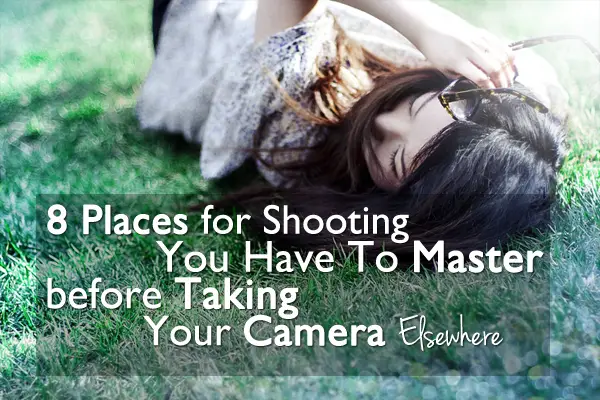
Of course, we know that we haven’t literally run out of locations to shoot, we just aren’t thinking (here comes a vastly overused cliché) “outside of the box”. We sometimes get stuck in a rut, and that rut can be partly determined by our surroundings..if you live by the ocean, chances are, you take a lot of beach shots, and might have trouble trying something new or different.
There are, however, several good “starting points” that you may not have thought of, and make for good practice before you head to the beach for your staggering sunset photos. In no particular order, I’ve listed some alternatives to spending the coming weekend without your camera.
1. Your Own Backyard
To me, this is the most obvious. There are several advantages to taking your camera outside and milling around in your own yard. First, privacy. If you have a fenced-in area, you don’t have to worry about any prying eyes or curious onlookers; you can concentrate on taking some great shots that haven’t occurred to you before.
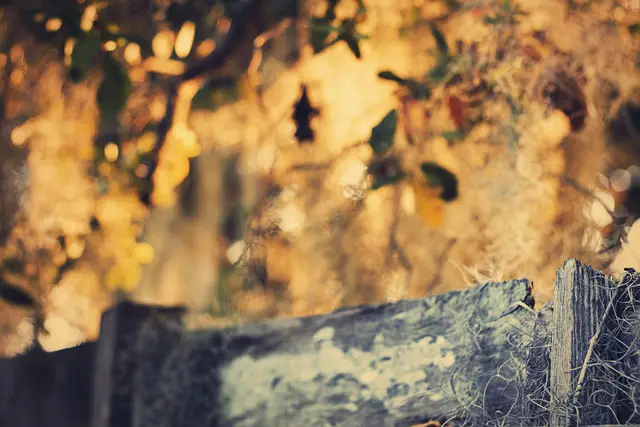
You can wait for the proper time of day, and have the best possible light available for your photos. Old fences, flora, birds, skyscapes, and spider webs are all things that could be waiting in your own backyard. Setup a still life arrangement on an old stump, or catch the sunset through a silhouetted tree.
This can also extend out into your neighborhood. There are streets to explore, full of trees, animals, and other objects. For most of us, there are infinite possibilities for photos within a few hundred feet of where we live.
The always excellent resource Digital Photography School has a specific article on various projects to shoot in your own backyard.
2. Alleyways and Back Streets
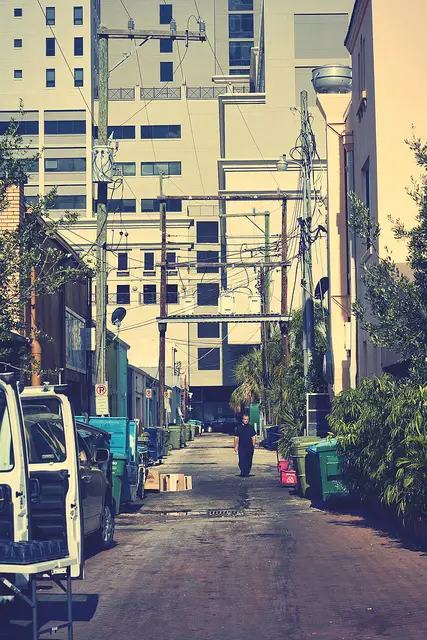
If you live in the city, or close to one, it gives you a great opportunity to explore the darker side of photography. Instead of concentrating on well-known landmarks or buildings, seek out the city’s alleyways. Great shots are possible here; interesting entryways, delivery trucks, workers, and uniquely lit streets. In a busier city, these scenes can change fairly quickly, and could present you with several possibilities in a short time span.
As with our next suggestion, I’d of course advise you to be safe and use caution in these situations. Make sure you know where you are, and how to quickly get out of the area if anything happens. Pay attention to your surroundings.
Unless you’re attempting some grungy street photography, try to take these shots during daylight hours. Getting a great shot is a satisfying feeling, but it’s definitely not worth getting mugged over.
3. Abandoned Buildings
Although a bit risky as well, shooting at abandoned locations can be result in some rewarding photos. Urban areas of all sizes are usually dotted with old, empty buildings and houses, and rural areas can offer rundown shacks and rustic barns that are no longer in use.
Urbex is a modern term that deals with “urban exploration”, or investigating locations like these for sport. Several websites are dedicated to the activity, such as Talk Urbex. Most metro areas have their own websites outlining local areas to explore, and usually include descriptions and photos of recently mapped locations.
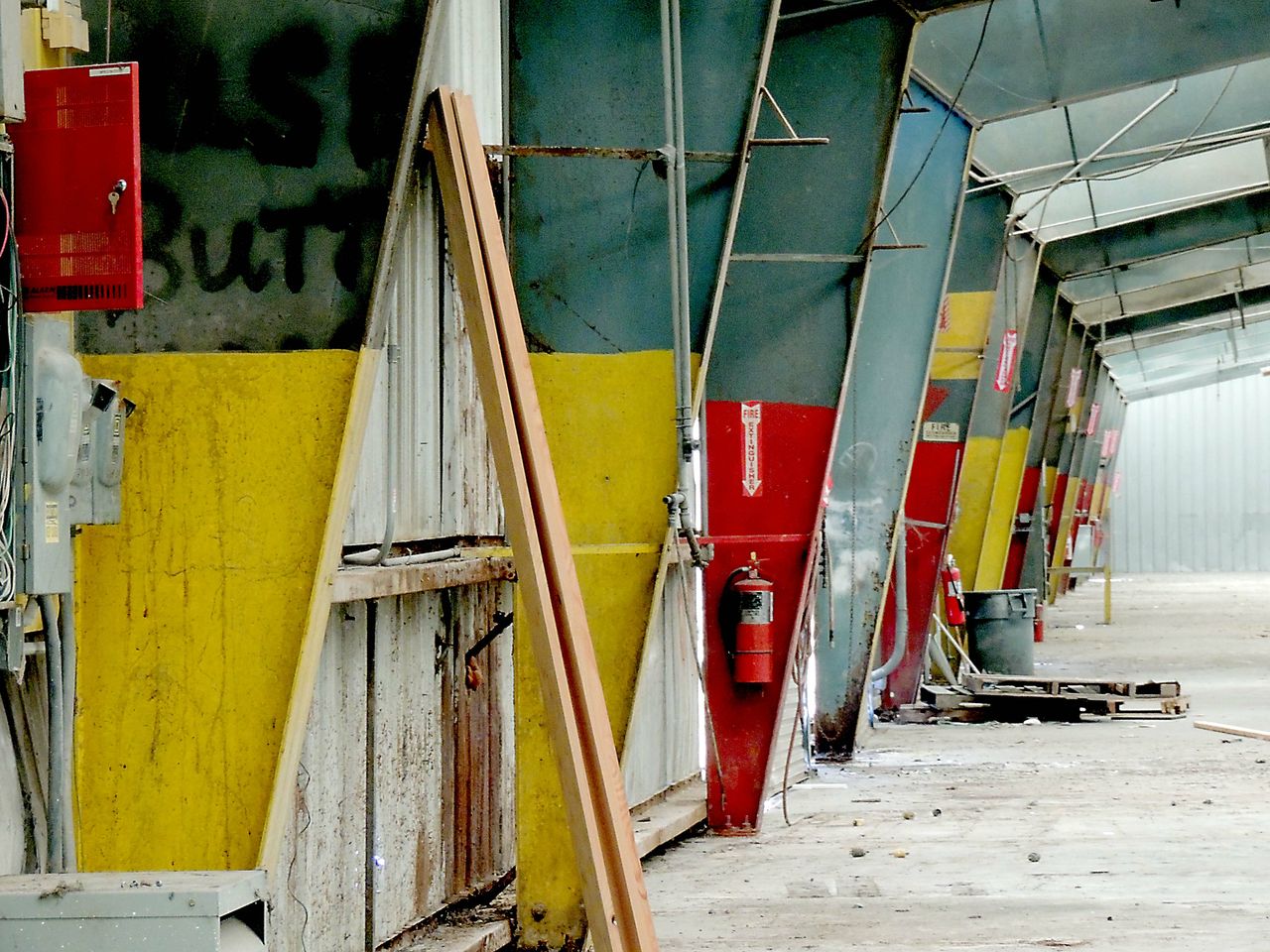
These types of areas offer great potential for black and white as well as color shots, although lighting may need to be provided, since some of these sites are either without power or below ground. In addition to obvious safety issues, there are legal considerations as well, including possibly trespassing on private property. Be sure to research the ramifications of an exploratory trip before you go, and of course, explore at your own risk.
Digital Photography School has a great article that goes into more into detail about this very subject, and it deals with specific lighting issues and gear you’d want to bring along.
4. Rural Locations
Locations away from the hustle and bustle of the city can offer a treasure trove of setups for great photography. With urban centers expanding outward, even city dwellers can reach a relatively low-populated area with just a short drive. Examples of possible subjects include farmhouses, barns, fences, horses and cattle, abandoned vehicles, picturesque pastures, farm equipment, crops and tree lines.
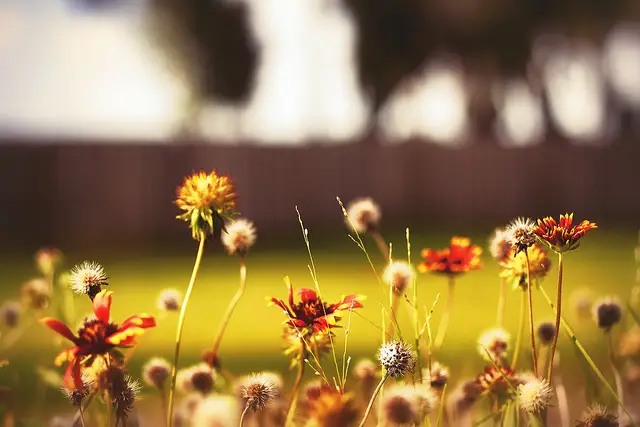
As with shooting in your back yard, rural photography often allows for a little exploring and setup without many onlookers. After finding a suitable spot, park your car and walk a bit on foot; you might be surprised at what scenes you’ll find to frame up.
5. In Your Own House
Your outdoor area isn’t the only place you can look to for unique photos. If you’re stuck, try wandering around your home for ideas and inspiration. Again, the advantage is that you don’t have to go out into a public area and find an opportunity waiting for you; your own house might contain props and backdrops to use right now.

Try shooting holiday decorations, wall decor, or interesting light coming through windows or glass doors; pets relaxing in their favorite areas or your kids involved in their daily activities. Your house can also serve as an instant studio of sorts as well, allowing you to control light as well as the subject. Interested in food photography? What better way to practice than by assembling a plate containing your favorite recipe and attempting to capture its mouth-watering properties through a photo!
Depending on what activities you do in your home, there could be countless other examples of shots waiting for you. All you have to do is take a few moments to discover where they are.
6. Theme Parks
I’ll admit, living an hour and a half from Orlando has its perks. Families come from all over the country, and the world, to visit the Disney and Universal Studios theme parks. Some people only get to see them once in their lifetime. For us, we can make it a once per month trip, if we like, since we can travel to and from the park, and enjoy much of what it has to offer, in a single day.
But our country is loaded with parks like these, and chances are, you’ve either been to one before or are planning a trip. Bringing a camera of some type is a no-brainer, but have you ever taken your DSLR? Recently, we took a day trip to Disney’s Epcot park in Orlando, and since we had both been there before recently, I brought my Canon and planned on spending as much time shooting as I spent gawking at the exhibits. Epcot is perfect, since it features the World Showcase, a huge expanse recreating some of the most iconic cities and countries in the world. When I cropped in close, it was almost impossible to tell I was in Orlando. I actually had people comment on my photos on Flickr, asking me which city in Italy that was.
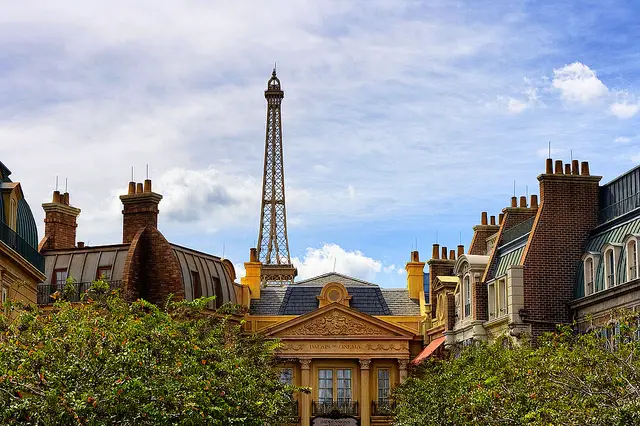
But regardless of the park, opportunities exist for great photos. There are families, kids, smiles, and lots of them. Since parks are sometimes recreations of famous places, landscape shots are possible, and food vendors offer a chance for a food and street photography mash-up. Beautiful landscape and flowerbeds are usually present as well. Bottom line, with so much going on around you, running out of subjects to shoot in a park is a rarity.
7. Local City Parks
Shooting at a theme park is great, but isn’t something we usually do often on a spur of the moment. But what about your local parks? Most cities have multiple parks open to the public, and each can offer something different for us as photographers. If you need to brush up on portraits, take a friend or your kids to a local park, and look for backdrops. Most parks have lush grass, pathways, benches, bridges, and maybe even a lake or river. Small animals and birds can sometimes flock here, and in many places, dog parks exist, allowing you to practice shooting action shots.
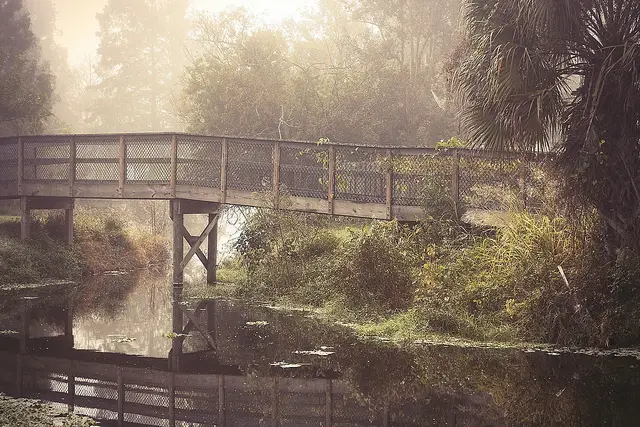
My city alone has dozens of city and county-maintained parks. I’ve captured some great photos by arriving early in the morning or late in the evening and capturing subjects in fog, or the failing light through the trees, creating an altogether different environment than during the midday hours.
8. Farmers Markets
Most areas, whether they be rural or urban, have some type of weekend market where vendors gather to sell their wares. Since there is so much going on at these events, you’d be hard pressed to not find an interesting subject. In addition to the people these markets draw in, you have many other subjects to work with. Rows of vegetables displayed in booths, a BBQ vendor smoking meat on an open pit, and kids getting their faces painted.

Urban markets also feature interesting architecture through the buildings surrounding them. We have one held downtown locally that brings out big crowds every Saturday, and although I haven’t taken many photos there yet, a single day’s walk through gave me tons of inspiration. I’ll definitely be back.
The single thing to take from this is, be a wanderer. We all know of the common places most photographers shoot; the trick to getting unique photos is to wander off the beaten path, and try locations that are new and interesting to you.
And when you’re done, be sure to check out some of our other articles than can help you make your way through the world of photography, such as 5 Awesome Ways to Grow as a Photographer and How To Photograph People You Meet While Traveling.
What are some of your favorite “alternative” places to shoot? Have any shots taken in unusual locations that you’re proud of? Submit a comment below and tell us about it!









Hi…
I am enthuzistic photogrpher from Himalaya… thank for your tips I would always like hear tips from [email protected]